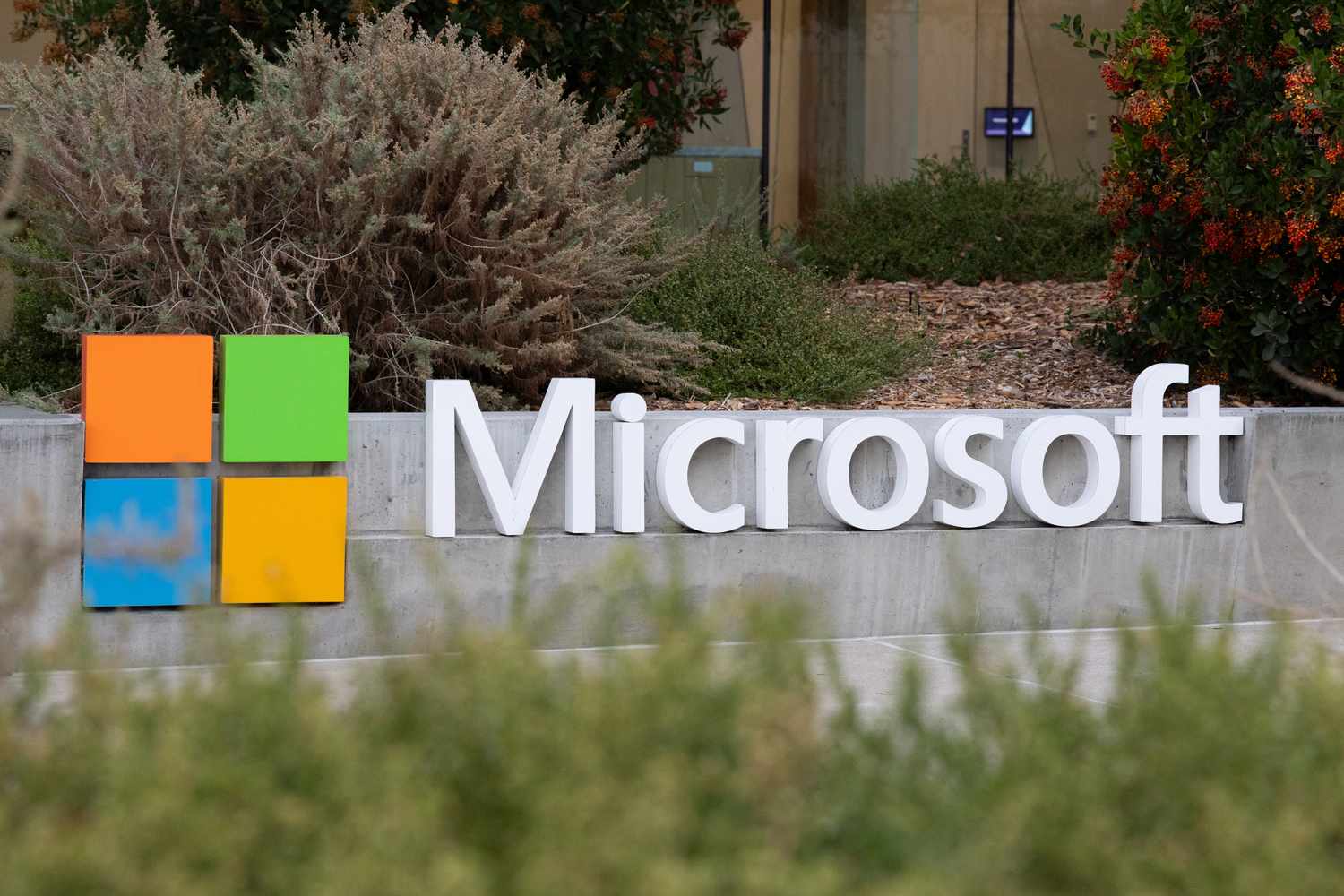
:max_bytes(150000):strip_icc():format(jpeg)/GettyImages-2242649855-9caf0cf203f441deb483d0a16ce1254d.jpg)
Key Takeaways
- Microsoft said its capital expenditures climbed to $34.9 billion in its fiscal first quarter, up from $24.2 billion in the fourth quarter as the company races to keep up with AI demand.
- Microsoft’s quarterly earnings topped analysts’ estimates, as AI continued to drive sales for its cloud computing service Azure.
Microsoft reported a massive spike in its spending as the tech giant works to meet booming demand for artificial intelligence.
The tech giant said Wednesday that its capital expenditures surged to $34.9 billion in its fiscal first quarter, up from $24.2 billion in the fourth quarter, with most of the funds going toward investments in building out its AI infrastructure.
CEO Satya Nadella told investors on Wednesday’s earnings call that the company expects to double its data center footprint over the next two years, “reflecting the demand signals” the company is seeing for AI, according to a transcript provided by AlphaSense.
Why This Matters for Investors
Microsoft and many of its big tech peers have rapidly ramped up investments in data centers to support AI-driven growth, stoking some concerns about whether their spending will pay off, though Microsoft’s strong quarterly results could be taken as a positive signal for demand.
Microsoft’s cloud and AI offerings helped drive better-than-expected results in the fiscal first quarter, with earnings per share of $3.72 on revenue that jumped 18% year-over-year to $77.7 billion. Both figures topped analysts’ estimates compiled by Visible Alpha.
Revenue from Microsoft’s Intelligent Cloud division, which includes its cloud computing service Azure, rose 28% to $30.9 billion, slightly ahead of the $30.3 billion analysts had called for.
Looking ahead, Microsoft said it expects current-quarter revenue of $79.5 billion to $80.6 billion. Analysts were looking for $80.14 billion.
Microsoft shares were down about 2% in extended trading following the results. They were up nearly 30% for 2025 through Wednesday’s close.





